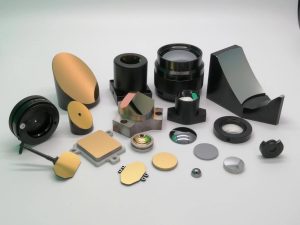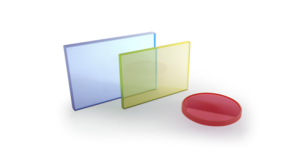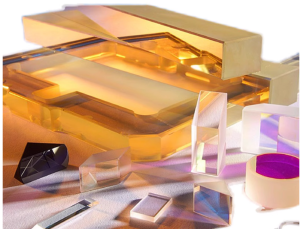The filter is a link that is easy to ignore. It is a filter installed in front of the CCD. What is its role?
Literally, it is not difficult to understand that a filter is light filtering. Why filter light? Because in the great nature, in addition to the seven visible lights of purple indigo blue green yellow orange red, there are also complex lights such as infrared light and ultraviolet light. However, as an electronic component, CCD cannot identify which light is useful and which light is useless. The function of the filter is to filter the light and ensure that the received image will not be affected by these. The wavelength range of normal visible light is 380nm-645nm. Installing such a filter is equivalent to bringing a pair of “sunglasses” to the CCD. At present, the material of filter is divided into two types: crystal and glass. The inner structure of the crystal is compact and uniform, which can better avoid refraction and reflection in the process of light propagation. Therefore, it is used as a high-grade product.
For the infrared all-in-one machine, the near-infrared and part of the mid infrared are used to improve the nighttime exposure distance. At this time, the filter we use is 380nm-840nm, which can improve the nighttime exposure distance for some of the infrared light that the CCD can collect, but it also brings a big disadvantage – the CCD can also receive the infrared light of the nature in the daytime, and the near-infrared light itself has color, making the camera image color biased.



